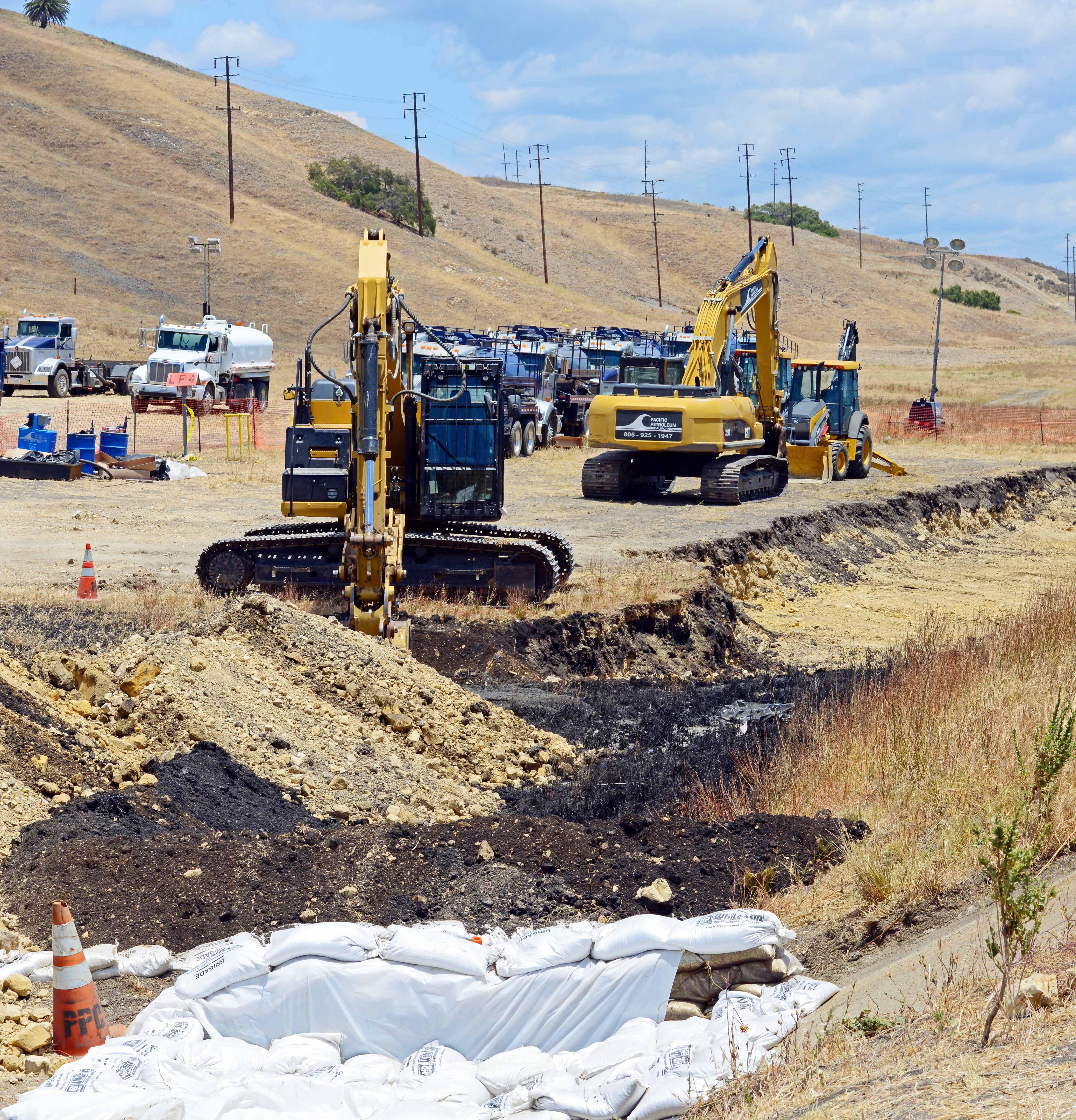Leaked California pipeline was missing automatic shut-off valve
The pipeline that leaked thousands of gallons of oil on the California coast was the only pipe of its kind in the U.S. not required to have an automatic shut-off valve because of a court fight nearly three decades ago. The original owner of the pipeline skirted the Santa Barbara County requirement by successfully arguing in court in the late 1980s that it should be subject to federal oversight because the pipeline is part of an interstate network. It’s not known if an auto shut-off valve would have detected the leak and reduced the size of the spill.
Everyone is pretty mystified why the pipeline didn’t automatically shut down when the leak occurred.
Linda Krop, chief counsel of the Environmental Defense Center
Shut-off valves aren’t always effective, experts say, though newer, more sophisticated “smart” models provide more accurate signals that can trigger shutdowns. Subsidiaries of the pipeline operator, Plains All American, have reported at least 223 accidents along their lines and spilled a combined 864,300 gallons of hazardous liquids since 2006, according to federal records. The company has been subject to 25 enforcement actions by federal regulators and tallied damages topping $32 million.
It is much safer for operators who understand the operations of the pipeline to shut it down following a planned sequence of steps than for computer to automatically close a valve on oil that is traveling in confined space at high pressure.
Patrick Hodgins, Plains All American senior director of safety

california pipeline Americas